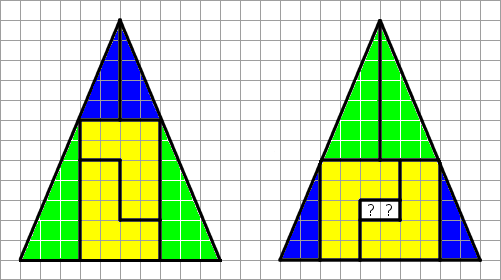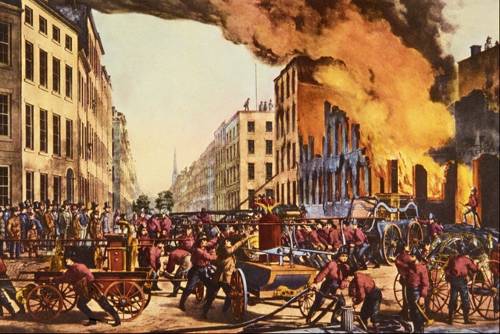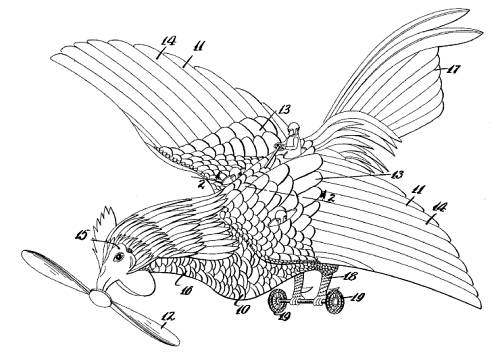The German comedian known as Loriot (Vicco von Bülow) used to perform a narrative version of Camille Saint-Saëns’ The Carnival of the Animals with members of the Berlin Philharmonic Orchestra, using words to convey music. “His style enters the fairy-tale world the composer has portrayed musically,” writes Siglind Bruhn in Musical Ekphrasis (2000). “He sees and hears the orchestra’s depictions from the inside. Here, the verbal medium happily supplements the little details that might otherwise escape the music listener.” Here’s part of Bruhn’s translation:
A wood-ant, no longer in her prime, taps the giant ant-eater in front of her on the shoulder. ‘Excuse me, I cannot see anything if you keep your hat on,’ Grumpily the ant-eater takes off her headdress, an unwieldy contraption braided from wild asparagus and chicken feathers. ‘Thank you!’ says the ant. Then she lets her eyes wander across the jungle clearing. On the arena seats alone she counts 4791 strangely costumed animals, not to mention the innumerable monkeys and birds that are crowding the overburdened treetops.
Just now there is a stir of anticipation, for the moon is ascending from behind the branches of a mango tree to signal the beginning of the festivity. ‘I think I hear something,’ says a pigeon and she isn’t altogether wrong, for over there near the entrance, in the twigs of a bare oak, sixty-four horned owls take up their instruments. And now the marabou raises his baton, the two squirrels at the pianos lower their paws into the keyboards … and then he enters, with all the members of the royal family: His Majesty, the Lion.
Accompanied by moderate applause the lion has ambled twice around the arena, looking rather bored as he waved to the crowd. Together with his spouse, his three sons, one daughter, five cousins, and an imperfectly colored aunt, he has then taken the seats of honor and closed his eyes. …




